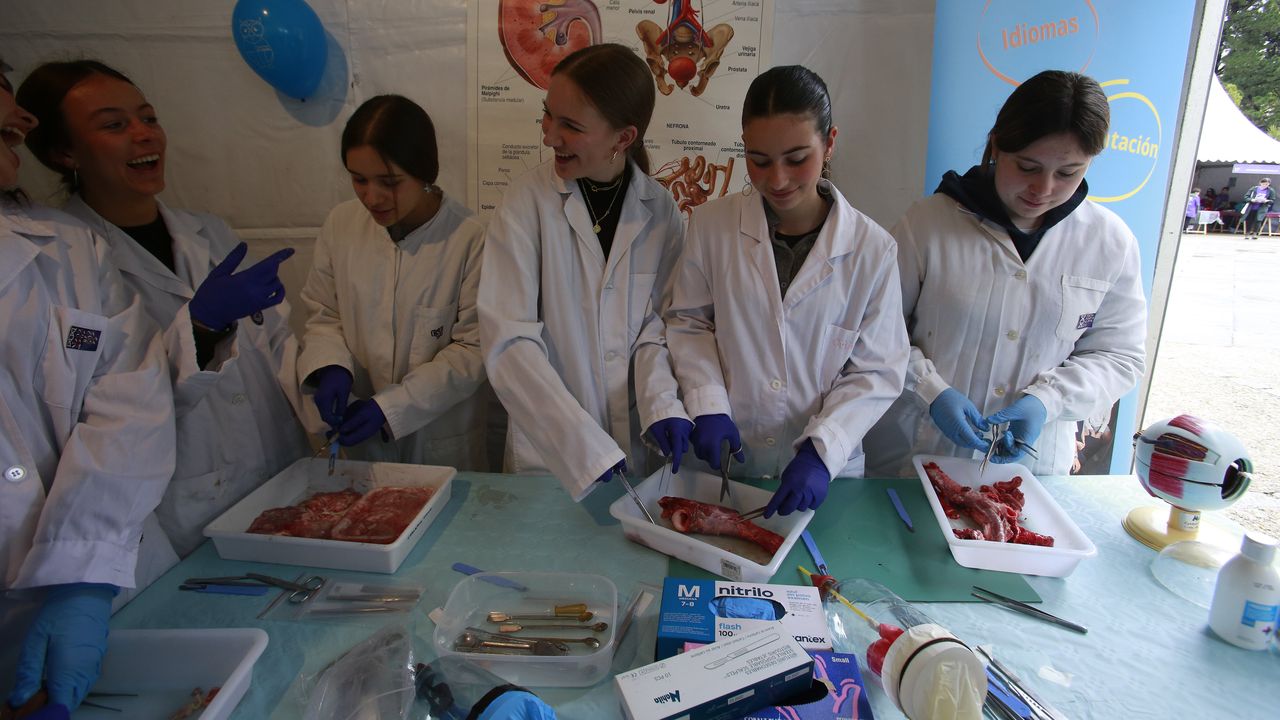On April 12, 1961, Russian cosmonaut Yuri Gagarin made the first manned flight into space, putting the Soviet Union at the head of the space race. With this achievement, the Soviet giant demonstrated the power of its model against its American rival. six decades later, Russia hopes to once again stand out in the space arena with the launch on Friday, August 11, of Luna-25, a lander set to land on Earth. moon.
Russia’s space agency Roscosmos said the Soyuz launcher was “assembled” at the Vostochny cosmodrome in the Russian Far East for the launch of Luna-25, which is scheduled to land near the moon’s south pole on a “complex terrain”. The journey should take between four and five and a half days.”
his mission? “Take samples, analyze the soil, and carry out long-term scientific research,” the statement from the Russian Space Agency reads.
“Luna-25 is part of a program preparing to land on the moon,” summed up Xavier Pasco, an expert on space policy issues and director of the Foundation for Strategic Research. “With this programme, the Russians want to show that they are in the competition, despite the situation they are in Ukraine in which they appear to be trapped.
Draft like an eel
With Luna-25, Russia has played on another level. This is his first launch of a spacecraft to the moon since 1976, in a very different vein from the heyday of the Soviet Union. Undermined by debt and corruption, Roscosmos encountered difficulties in implementing its projects. Its last public failure was last February, when a Soyuz spacecraft leaked coolant.
The Luna-25 mission itself is an eel-like project: conceived in 1997 on the wreckage of the Soviet Union, it was slated for launch in 2010 but has faced constant setbacks. “I no longer know how many launches of Luna-25 are planned!” Rene Becher, representative of the European Space Agency (ESA) in Russia, admitted.
The Russian space project has also faced the latest shocks in history. Initially involved in the launch of Luna-25, as well as Luna-26 and especially Luna-27, an ambitious mission for the scientific exploitation of lunar resources, the European Space Agency (ESA) ended all cooperation after invading Ukraine in February 2022.
René Becher’s description: “On Luna-27, we were providing two things: drilling aids and navigation tools that help make the most accurate landing possible.” The separation between the two organizations also seriously affected the ExoMars programme, an ambitious European program to explore the Red Planet.
Today, European cooperation with Russia exists only in vestigial form. “The level of activity in Russia is much lower,” says René Becher. There is still collaboration around the International Space Station and ExoMars mission-related equipment recalls. Sad thing”.
Soviet legacy gem
So without help EuropeWhat are the chances of success of the Luna-25 mission? “The Russian space sector has survived so far thanks to international cooperation,” said Isabelle Sorbice-Verger, a geographer and director of research at the National Center for Scientific Research who specializes in comparative analysis of national space policies.
The Russian agency is accustomed to using components of American or European origin. You need to restore this ability. So it will be interesting to see the outcome of this launch: It’s a difficult and complex mission to the lunar south pole, and it’s been a long time since Russia has had a successful space exploration mission.
If successful, Russia will symbolically return to its past. Named after an illustrious series of Soviet missions, Luna-25 openly carries on that legacy. “Russian President Vladimir Putin He was never passionate about space, but it is part of the jewels of the Soviet legacy,” stressed Isabelle Sorbice-Vergier. “It is one of its greatest prestige areas, along with nuclear power.”
In April 2022, during a visit to the Vostochny spacecraft, the Russian leader notes that the Soviet Union managed to send Yuri Gagarin into space in 1961 despite the “sweeping sanctions” imposed on him.
To regain its place at the center of the space game, Russia can count on an old ally: Chinawhich has become a major player in the conquest of space, Beijing plan to install with Moscow permanent station on the moon.
An alliance that has been forged a long time ago, since the end of the Soviet Union and strengthened since 2014 in response to US pressure. United State It is still by far the country that devotes the most resources to space exploration, and private players such as SpaceX are involved Elon Musk o Jeff Bezos’ Blue Origin intensified competition in the space race.
“The big problem in space is to get back to the moon,” says Xavier Pascoe. “By focusing on this activity, Russia is sending a geopolitical message. Right now, it’s a matter of science and peace, but the kind of major program, which will keep us busy for the next 30 years, will likely end up having more political aspects.”
In the face of this reconfiguration that seems to be straining relations between the blocs, it is difficult to see where international cooperation is taking place. Since the fall of the Soviet bloc, space has remained one of the few areas of cooperation between the two geopolitical rivals. The United States, Russia and Europe worked together on the Space Station (ISS). This is coming to an end and Russia has already announced its withdrawal from the International Space Station after 2024. The end of an era?
But not so fast. Isabelle Sorbice-Verger qualifies: “We had a period of the space race until 1970, then in a period of cooperation, with the disappearance of the Soviet Union and the recovery of Russian resources. In 2025 or 2030 it will end, and many national programs will be developed independently. But this does not mean the end All solidarity.
He noted that “human flights, expensive missions with complex logistics, can only be conducted in teams, especially in the case of flights to Mars.” “It is necessary to maintain this earthly solidarity in the face of the difficulty of the challenge.”
This article was originally excerpted from French





